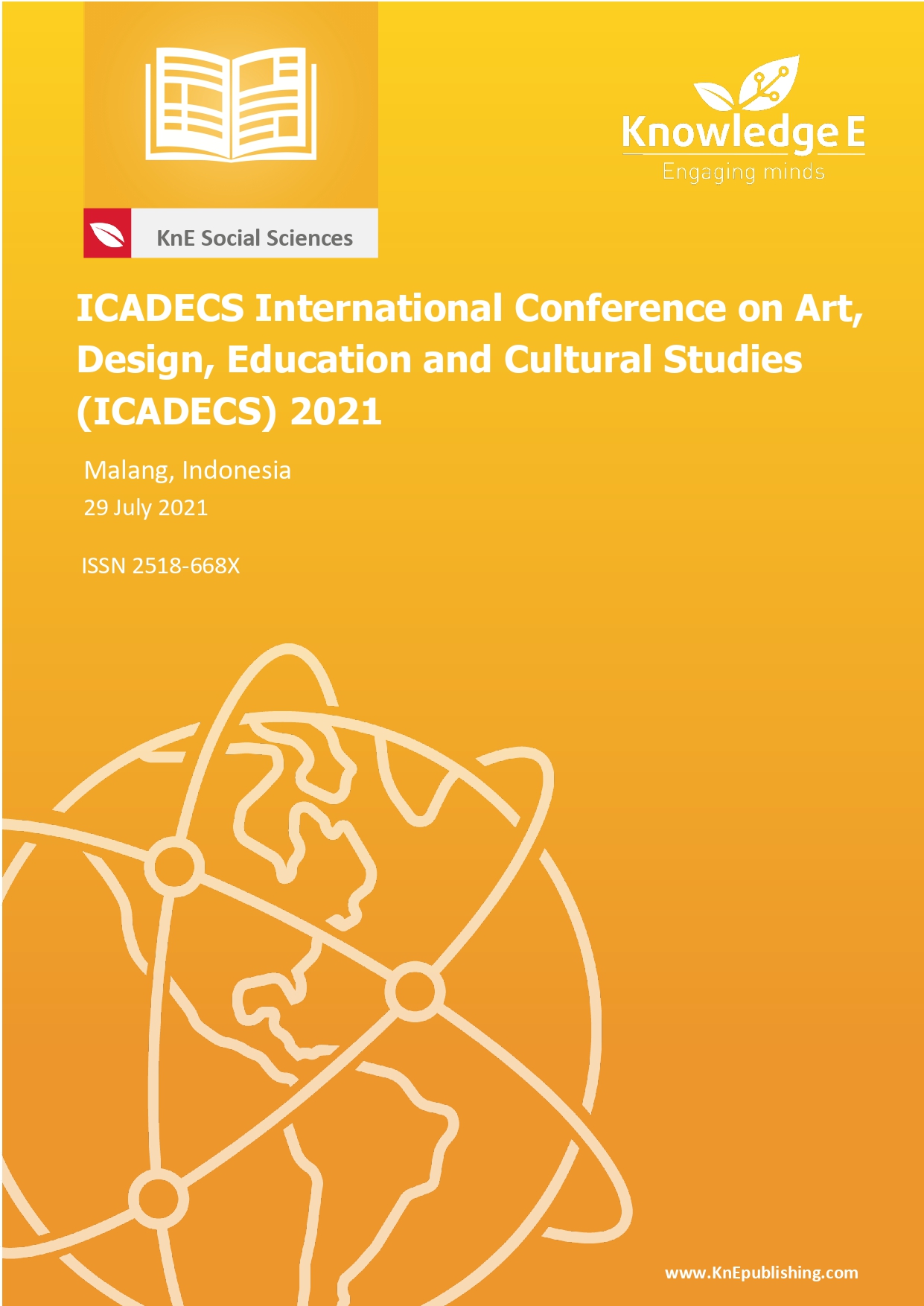Oglek Tempe Dance as an Attraction to Support Cultural-Based Village Tourism in Sanan, Malang
DOI:
https://doi.org/10.18502/kss.v7i13.11660Abstract
Sanan village is one of the designated tourist areas in Malang, and it has a special ceremony in welcoming their guests. The tour guide team picks up groups of tourists who enter the Sanan village area and escorts them to see the making of tempeh chips. However, the ceremony itself is rather bland as there is no artistic attraction in its process. Thus, in this community service activity, we packaged art tourism attractions with local characteristics, namely the welcoming dance of Oglek Tempe, to brand Sanan village as a culture-based tourism village. Nine female dancers perform the Oglek Tempe dance from the village of Sanan, following the concept of ‘babahan hawa sanga’. The dance reminds people to maintain honor and not to indulge in lust. The form of dance presentation demonstrates the style of movement, costumes, property, and musical arrangements typical of Malangan within six minutes’ duration. This is a spectacle dance. It also provides opportunities for tourists who want to dance along with the dancers by following the rules and protocols and not making disrespectful moves. The dance ends with the giving of souvenirs typical of Sanan village, namely decorations made of coral.
Keywords: Oglek Tempe, Dance, Attraction, Tourism, Sanan
References
[2] Geriya W. Pariwisata dan dinamika kebudayan lokal, nasionl, global, bunga rampai antropologi pariwisata, wayan geriya. 1996.
[3] Santika E, Suryasih IA. Elemen budaya sebagai daya tarik wisata di desa wisata pengotan, kecamatan bangli, kabupaten bangli, provinsi Bali. J. Destin. Pariwisata. 2018;6(1):31.
[4] Fairuza M. Kolaborasi antar stakeholder dalam pembangunan inklusif pada sektor pariwisata (Studi kasus wisata pulau merah di kabupaten banyuwangi). Kebijak. dan Manaj. Publik. 2017;5(3).
[5] Hadi YS. Aspek-aspek dasar koreografi kelompok. Yogyakarta: Elkaphi; 2003.
[6] Putri IM. Tari kenyo lengger karya mulyani kabupaten wonosobo (kajian koreografi). Universitas Negeri Semarang; 2015.

